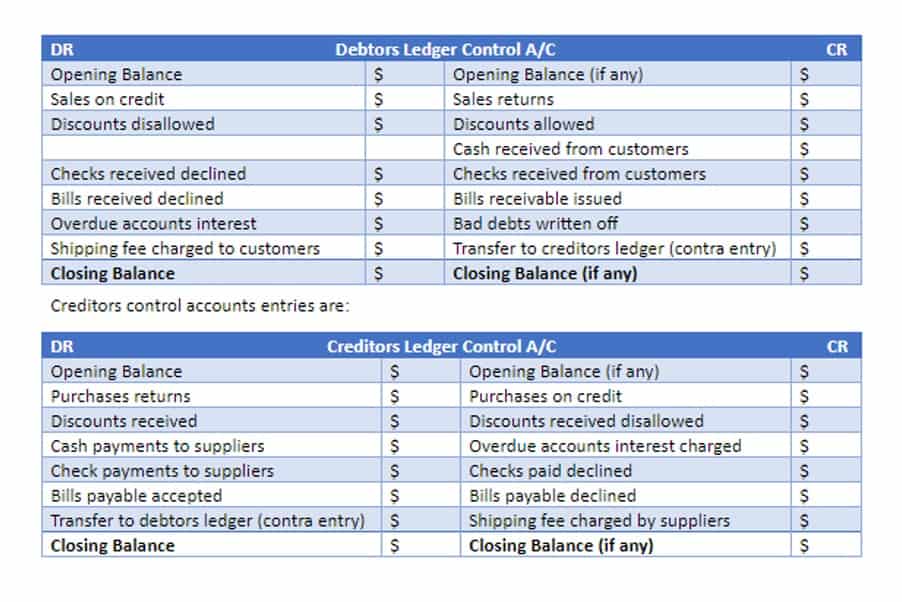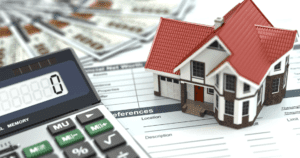11 Common Types of Liabilities
What exactly are Blockchain Bridges, and how perform It works?
12 februari 2024Пин Ап Казино Официальный Сайт: Играть в Онлайн Казино Pin Up
12 februari 2024
This category is usually called “owner’s equity” for sole proprietorships and “stockholders’ equity” or “shareholders’ equity” for corporations. It shows what belongs to the business owners and the book value of their investments (like common stock, preferred stock, or bonds). Liabilities and equity make up the right side of the balance sheet and cover the financial side of the company. With https://www.bookstime.com/ liabilities, this is obvious – you owe loans to a bank, or repayment of bonds to holders of debt, etc. These are also listed on the top because, in case of bankruptcy, these are paid back first before any other funds are given out. This may include accounts payables, rent and utility payments, current debts or notes payables, current portion of long-term debt, and other accrued expenses.
Assets Section (Current vs. Non-Current)
The money borrowed and the interest payable on the loan are liabilities. If the business spends that money to acquire equipment, for example, the purchases are assets, even though you used the loan to purchase the assets. Assets have a market value that can increase and decrease but that value does not impact the loan amount. Just as your debt ratios are important to lenders and investors looking at your company, your assets and liabilities will also be closely examined if you are intending to sell your company. Potential buyers will probably want to see a lower debt to capital ratio—something to keep in mind if you’re planning on selling your business in the future.

The Balance Sheet Equation
Contingent liabilities are only recorded on your balance sheet if they are likely to occur. All programs require the completion of a brief online enrollment form before payment. If you are new to HBS Online, you will be required to set up an account before enrolling in the program of your choice. A balance sheet must always balance; therefore, this equation should always be true. Obviously, a large company would be unlikely to do that, but the idea is similar to how home equity works.
Stockholders’ Equity
It is the amount raised from equity holders by issuing shares in the business. Businesses should be wary of companies that have large discrepancies between their balance sheets and other what are the three common liability accounts recorded on a balance sheet? financial statements. Examples of activity ratios are inventory turnover ratio, total assets turnover ratio, fixed assets turnover ratio, and accounts receivables turnover ratio.
- It may not provide a full snapshot of the financial health of a company without data from other financial statements.
- The financial statement only captures the financial position of a company on a specific day.
- This equity includes retained earnings, common stock, and preferred stock.
- Any amount remaining (or exceeding) is added to (deducted from) retained earnings.
- They can be listed in order of preference under generally accepted accounting principle (GAAP) rules as long as they’re categorized.
- Annie is able to cover all of her liabilities comfortably—until we take her equipment assets out of the picture.

The balance sheet is also known as the “statement of financial position,” since it provides a snapshot of a business’ financial state at a specific point in time. The budgeted balance sheet is the same as your current balance sheet, except that it reflects an estimate for future budget periods. Therefore, it shows you where your balance sheet accounts will be at the end of future accounting periods, if you stick to your current budget. Generally a long term liability account containing the face amount, par amount, or maturity amount of the bonds issued by a company that are outstanding as of the balance sheet date.
How to Read (and Analyze) Financial Statements
It is crucial to note that how a balance sheet is formatted differs depending on where the company or organization is based. If the company wanted to, it could pay out all of that money to its shareholders through dividends. However, the company typically reinvests the money into the company. Shareholders’ equity reflects how much a company has left after paying its liabilities. Here are a few quick summaries to answer some of the frequently asked questions about liabilities in accounting.
For instance, if a company takes out a ten-year, $8,000 loan from a bank, the assets of the company will increase by $8,000. Its liabilities will also increase by $8,000, balancing the two sides of the accounting equation. Measuring a company’s net worth, a balance sheet shows what a company owns and how these assets are financed, either through debt or equity.
- Also a stockholders’ equity account that usually reports the cost of the stock that has been repurchased.
- Some of the relevant accounts for Western Forest Products are discussed below.
- Deferred tax liability refers to any taxes that need to be paid by your business, but are not due within the next 12 months.
- This stock is a previously outstanding stock that is purchased from stockholders by the issuing company.
- We may receive compensation from companies we endorse on our blog.
- Balance sheets include assets, liabilities, and shareholders’ equity.
Step 3: Identify Your Liabilities
- For many successful corporations, the largest amount in the stockholders’ equity section of the balance sheet is retained earnings.
- Balance sheets are one of the primary statements used to determine the net worth of a company and get a quick overview of it’s financial health.
- Liabilities is one of the five main types of accounts in accounting and bookkeeping.
- Examples of long term liabilities include mortgages, bonds, and capital leases.
It uses formulas to obtain insights into a company and its operations. This will make it easier for analysts to comprehend exactly what your assets are and where they came from. Below is an example of a balance sheet of Tesla for 2021 taken from the U.S. Share capital is the value of what investors have invested in the company. Current liabilities refer to the liabilities of the company that are due or must be paid within one year.
Step 5: Add Total Liabilities to Total Shareholders’ Equity and Compare to Assets
Further quality of assets cannot be directly determined using the balance sheet alone. The assets section of the balance sheet contains the asset accounts of the business. They are accounts that lead to the generation of future cash inflows like accounts receivable or are used in the business like property, plant, and equipment (PP&E). The section is further subdivided into two parts – Current Assets and Non-Current Assets.